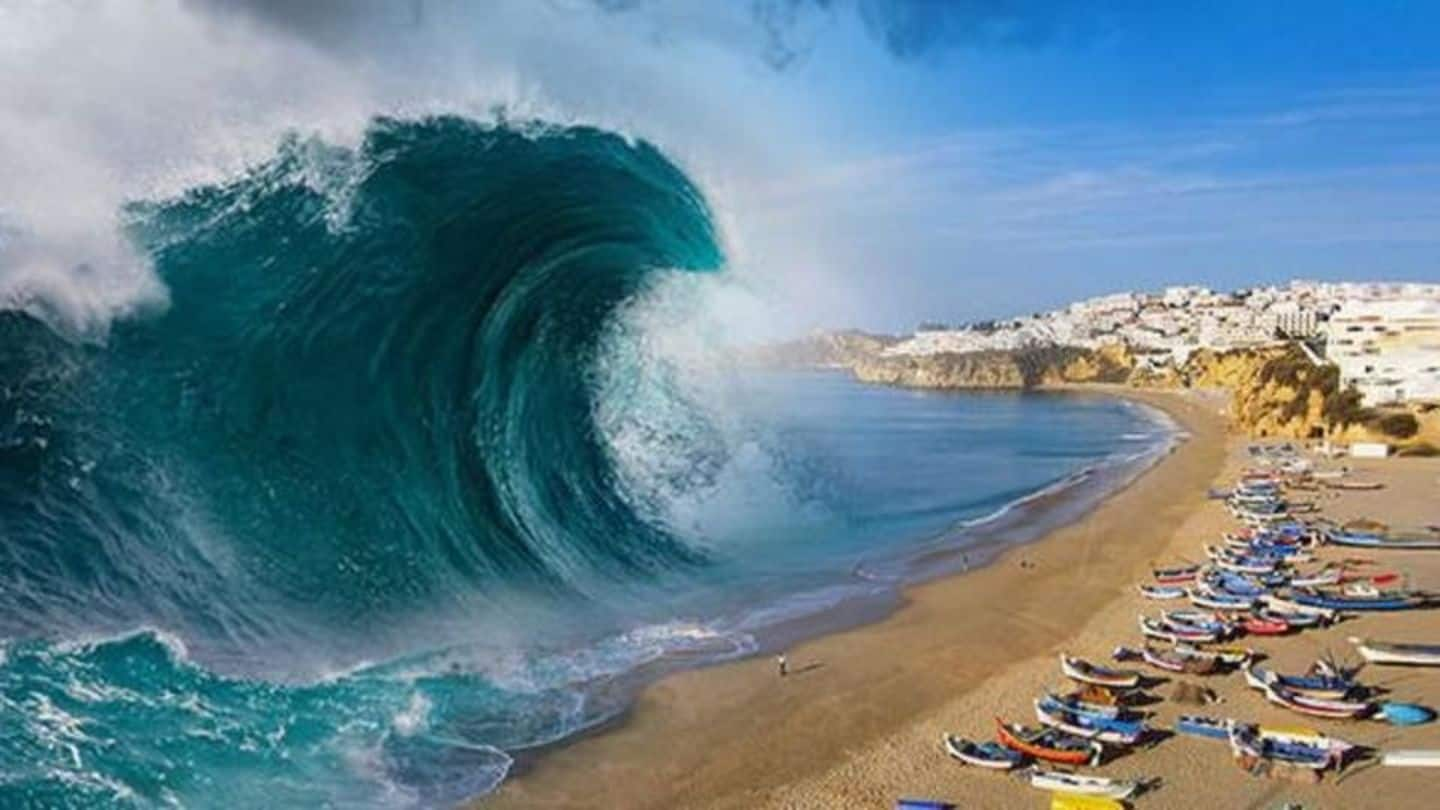
Tsunami warning issued after Mexico quake: Know about the risks
What's the story
After a massive 8.0 earthquake hit the southern coast of Mexico killing at least five and triggering mass evacuations, tsunami warnings have been issued for several countries including the Cook Islands, Ecuador, Fiji, El Salvador, Guatemala and Kiribati. Waves could hit coasts in countries as far as Australia, China, Japan and Vietnam. Read on to know more about how dangerous tsunamis could be.
Definition
Tsunamis can be very big, very long and very fast
A tsunami is a series of big waves that could be caused by an earthquake, landslide, volcanic eruption, or rarely, even meteoric impact. Waves have been known to be as long as 100kms, as high as 100 feet and as fast as 800kmph, crossing the entire ocean in less than a day. The word is of Japanese origin; tsunamis are fairly common in Japan.
Risks
What factors makes them so deadly?
Often, strong tsunami waves can measure less than a foot on the surface of the open ocean, so sailors might miss them easily. Since the top travels faster than the bottom, sea levels at the shore rise dramatically and can inundate unimaginably large areas. Tsunamis carry enormous energy: they can ravage boulders, vehicles and even buildings in their way.
Do you know?
Did a tsunami wipe out life 3.5 billion years ago?
Scientists have reported traces of an asteroid collision that possibly triggered a giant tsunami. It is suspected it swept around the earth several times, inundating everything except the mountains. Almost all life on land was terminated. Coastlines of continents changed drastically.
Signs
If you notice any of these, move away
Earthquakes are natural warnings. Tremors can trigger killer waves thousands of miles across the ocean which can hit hours after the quake. Sometimes there's a noticeable rise and fall in water level before tsunamis. Another sign is a receding ocean: this can give people a warning of five minutes. Tsunamis can also travel across rivers leading to the ocean, so stay away from them.
Cases
The deadliest tsunamis in history
Among the deadliest tsunamis is the 2004 disaster off the coast of Sumatra, Indonesia: about 1,50,000 people died. In 2011, giant waves hit the eastern coast of Japan, killing over 18,000. As far back as 1755, an 8.5 magnitude earthquake caused three huge waves off the west coast of Portugal and southern Spain. 60,000 were killed. The Pacific is the most active tsunami zone.